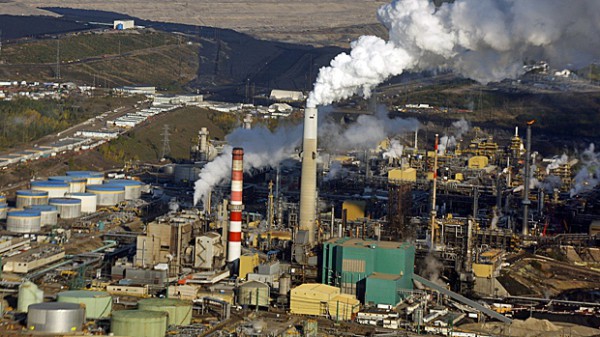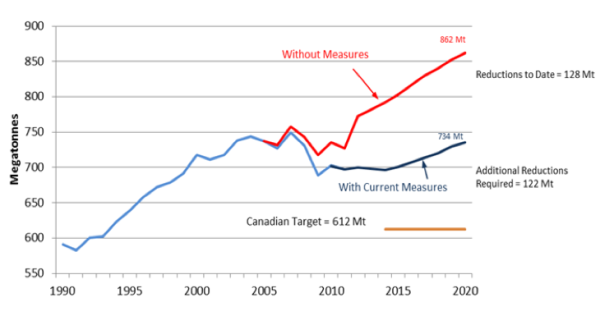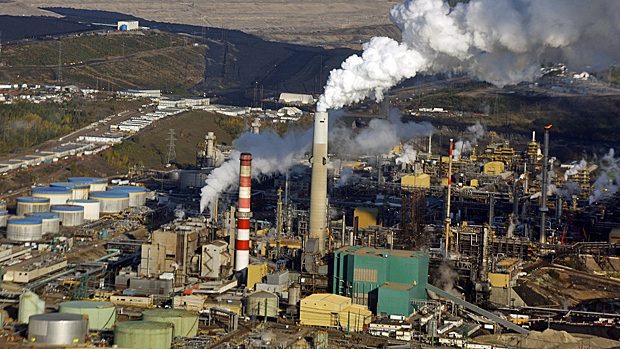
The Canadian Government is under increased scrutiny to act on reducing greenhouse gas emissions after a proposed plan by the United States that targets coal power plants’emissions through nation-wide regulation.
On June 2, the Environmental Protection Agency announced the Clean Power Plan proposal, a way of reducing greenhouse gas emissions by cutting carbon pollution from existing power plants, the largest source of Carbon pollution in the United States.
The proposal states that by 2030, carbon emissions from the power sector in the United States will be reduced by 30% nationwide below 2005 levels. Also, the EPA is claiming that corollary benefits of plan include reduction of nitrogen oxides and sulfur dioxide by 25%, and up to $93 billion in climate and public health benefits resulting from the cleaner air.
America’s renewed commitment to climate change has put pressure on the Canadian government to follow suit with further regulations of their own. Under the Copenhagen Accord, both the United States and Canada have pledged to reduce their greenhouse gas emissions to 17% below 2005 levels by 2020.
With the introduction of this proposal, the EPA projects that the United States is on track to a 13.5% reduction below 2005 levels, with plans to make up the extra 3.5% by targeting methane and hydro-fluorocarbon emissions. According to an Environment Canada report, 2020 emissions in Canada will be down 128 Metric tonnes relative to “a scenario with no action since 2005”, which is well short of the 612 Metric tonne reduction that Canada should be meeting under the Copenhagen Accord. The Canadian government has focused on making environmental regulation that is conducive to economic growth, pointing out that greenhouse gas emissions are down 5.1% since 2005, while the economy has grown 10.6%.

Opposition parties in Ottawa are criticizing the Harper government for not introducing regulations on greenhouse gas emissions on the Oil and Gas sector. The Oil and Gas sector is the fastest growing source of greenhouse gas emissions in Canada with emissions from oil sands initiatives nearly tripling in the past two decades. According to environmental non profit organization The Pembina Institute, “essentially the entire projected increase in Canada’s emissions between 2005 and 2020 will come from the oil sands.”
Environment Canada has suggested that “increased emissions from oil sands activity has been offset by the gradual depletion of conventional natural gas and oil resources in Canada”, and that the government is continuing to work on regulations for the oil and gas sector.
Canada is the leading supplier of crude oil imports for the United States, accounting for 28% of America’s crude oil imports. Over the past two decades, U.S. imports of crude oil and petroleum products from Canada has more than tripled. This relationship could be strengthened by the approval of the Keystone XL pipeline, which would allow for easier transfer of Oil Sands petroleum to refineries in the U.S. The pipeline continues to await approval from President Obama, but action from Canada to reduce greenhouse gas emissions may allow Obama to approve the project with less political consequences.
Major policy changes on greenhouse gas emissions seem unlikely though, as the Conservative government asserts that they have already done more to reduce emissions than the United States. In a letter to the Montreal Gazette, Minister of the Environment Leona Aglukkaq highlights existing policies of our electricity sector, and states that they are pleased that the U.S. is following Canada’s “lead on regulating greenhouse gas emissions.”




